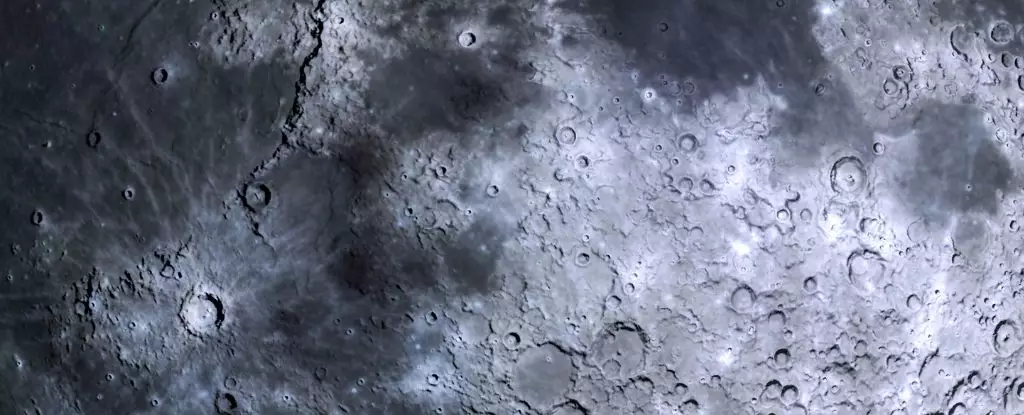The Moon, often perceived as a lifeless celestial body, harbors enigmatic secrets that challenge our longstanding perceptions. Despite its seemingly dormant status as observed from Earth, recent investigations indicate a surprising level of geological activity that may have occurred very recently in lunar history. A groundbreaking study has unveiled that the Moon’s surface was not as inert as previously thought, with geological events occurring as recently as 14 million years ago.
New Age Discoveries: The Age of the Moon’s Surface
To grasp the significance of these revelations, one must appreciate the context of the Moon’s extensive geological timeline, stretching back approximately 4.5 billion years. Fourteen million years may appear extensive in human terms, but in the realm of celestial bodies, it is a fleeting moment. In its infancy, the Moon’s landscape was dominated by a molten expanse—a vast ocean of magma formed during its tumultuous early existence. This was followed by a prolonged cooling phase around 3 billion years ago, marking a significant shift in its geological processes and leading to a slowed volcanic output.
Traditionally, scientists believed that major geological shifts on the Moon ceased about 2.5 to 3 billion years ago, establishing a narrative that painted the Moon as a largely static entity. However, the findings from a team led by geologist Jaclyn Clark at the University of Maryland (UMD) indicate otherwise. The evidence presented challenges the notion of a tranquil lunar surface, revealing that geological changes have persisted far longer than previously accepted.
The research highlights the discovery of 266 previously uncharted small ridges on the far side of the Moon—an area historically neglected in studies compared to the more familiar near side. These ridges, which intersect various lunar maria, suggest an underlying tectonic activity that is both fascinating and perplexing. The maria themselves, expansive plains formed from volcanic activity, received their name from the Latin word for ‘seas,’ reflecting how they appeared to early astronomers.
Clark and her colleagues provided insight into how these ridges were formed, with some crossing over craters established by impacts relatively recently in geological terms. The most notable of these impacts took place just 14 million years ago, indicating the possibility that the Moon’s surface remains a dynamic tapestry rather than an unchanging relic of the past.
As researchers counted craters within these newly discovered ridges, they noted a staggering realization: younger surface features, which had been overlooked, hint at ongoing tectonic activity resulting from the Moon’s global contraction as it cools over time. This understanding implies that the Moon, rather than being a static remnant of history, is subject to geological changes even now.
Clark emphasizes that the density of craters serves as a geological clock; more craters indicate an older surface, while fewer craters point to relative youth. The intersections of the ridges through these craters build a compelling case for the recent tectonic activity on the Moon.
A New Understanding of Lunar Geology
The assertion that the Moon harbors active geological processes ignites a wave of intrigue within the scientific community. While the research is still in its early stages and necessitates further validation, it prompts a reevaluation of the Moon’s evolutionary narrative. Not only does this reshape our understanding of lunar history, but it also raises questions about other celestial bodies that might share similar geological trajectories.
The Moon’s geological story is proving to be far more complex and engaging than originally presumed. Instead of being a cold, inert satellite, it may still be in a state of slow but significant change, underscoring the need for ongoing exploration and study. As we peel back the layers of the Moon’s surface, we discover an evolving story that is as captivating as it is essential to understanding our celestial neighbor’s place in the cosmos.

